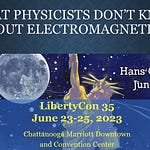Following is a modestly edited transcript of my talk, “Where Physics Went Wrong” from the History and the Power of Narrative session at BasedCon. The transcript retains a great many verbal quirks, but will allow you to follow the argument without watching the video, if you prefer.
History is never just a record of facts. These talks examine how false narratives arise through omission, distortion, and misinterpretation, often to serve political, ideological, or cultural interests.
Transcript:
My name is Hans Schantz. This is part three of the lectures that we had this morning, all on the theme of history as narrative.
I'm going to be talking about where physics went wrong and explaining how physics, as with history, is essentially a narrative. And it depends who is writing that narrative and for what purposes. If you ask Tolkien, for instance, what happened in modern physics, we could end up with a story of how the orcs invaded modern physics and how the classical physicist elves and dwarves resisted heroically. And if this was the only story we'd have, we could have our own Beowulf of modern physics, a thousand years from now.
Napoleon said that history is a set of lies agreed upon. I thought that was a great quote to start my presentation with because as I dug into it, he probably never said that at all. So that really makes it all the more poignant.
So what I'm going to do is talk about, I'm going to present the conventional wisdom, the story of modern physics as you will learn in a conventional book or in school. And then I'll talk about what really happened, at least as best I understand, going into all the details from special relativity through to quantum mechanics. And in particular, I'm going to highlight an interpretation of quantum mechanics called the pilot wave interpretation and show what happened to the pilot wave interpretation that is the basis of my work in electromagnetism to try to apply electromagnetic ideas of fields and energy flow back to understanding quantum mechanics.
So I'll begin with the conventional wisdom. The conventional story of modern physics is that we started off with Newtonian physics, and it's really encapsulated by what Pierre Simon-Laplace had to say. His concept was that if we had an intelligence that knew where all the particles in the universe were, and what all their velocities were, and what all the forces were that acted on them, we can predict with absolute certainty how the course of the universe would evolve forward from there. So that was the classical Newtonian certainty.
Physicists made all of these discoveries of atomic physics. They saw all of the energy levels in the hydrogen atom, that it was discrete and quantized and not a continuum. Planck had to argue that energy came in discrete lumps called photons. All of these atomic discoveries forced physicists out of their classical certainty and forced them to adopt a statistical probabilistic view of reality where we can't ever really know anything for sure. We can't assume that just because we know the present we can calculate the future. That's no longer an aspect of physics and quantum mechanics has proven that that is the case. That's the conventional wisdom.
So now let's go back and see the rest of the story, what really happened.
We'll begin with the Michelson-Morley experiment in 1887. The two gentlemen behind me there set up an interferometer. They spun it around to see if there was a difference in the path lengths between the rays of light that going one way or going at a right angle. And what they found was they didn't see any shifts in the fringes or the phase of the light that would be consistent with their theory that we were moving through an ether that would tend to slow down the light going in one direction. Well, Heaviside had already predicted that a moving electrified sphere would contract in the direction that it's moved. And Fitzgerald took that idea and ran with it, speculating that, well, perhaps the interferometer is shrinking or expanding depending on its relative motion through the ether. Larmor also used electromagnetic concepts to predict the concept of time dilation and developed transformations for how to handle the electrodynamics of moving bodies. That was brought to fruition in 1904 by Lorentz, who came up with what we now call the Lorentz transforms to explain the geometry of how you can understand moving bodies in electrodynamics. And in fact, in 1904, French physicist Henri Poincaré coined the term the principle of relativity to describe the new mechanics that we were going to have to explain all of this, a mechanics in which the speed of light cannot be exceeded, it represents a maximum speed limit. So that's the precursor.
Well then, along came an obscure Swiss patent clerk who had read Poincaré and read Mach and wrote a paper on the electrodynamics of moving bodies, where he took that long line of argument of people looking to electromagnetics and trying to figure out how moving bodies work electromagnetically. And he realized that he could predict all of that from two premises, from the premise the speed of light is constant for all observers and the premise that the laws of physics look the same for all observers in all inertial reference frames.
Ernst Mach had come up with this idea of kind of building on the idea of positivism. Mach offered a kind of empirical skepticism arguing all we really know are our sensations. All we really know is what we see, the data that we gather from reality, and it's useless to speculate about what's “really going on” because our senses are a wall that prevent us from understanding all that stuff. Atoms are a convenient fiction that allow us to simplify the bundles of sense perceptions we get as we're watching chemical reactions taking place. Ironically, he never accepted, Mach never accepted special relativity either. Anyway, a young student, Einstein, took those ideas and ran with it and decided to take an observer-first approach to the electrodynamics of moving bodies to look at how the speed of light seems to be constant, how the laws of physics seem to be the same. Now that Machian view led to a philosophical school called logical positivism, which you can see a few decades later being brought to a fruition by James Jeans, the idea that physicists can never penetrate beyond our impressions. We can never understand what really happened.
Well, fast forward 10 years, Einstein came up with special relativity in 1905. He wanted to generalize special relativity to accelerated bodies and came up with a theory of general relativity in 1915. The theory of general relativity, I think was best explained by John Archibald Wheeler, was one of the pioneers in the modern understanding of general relativity.
Wheeler said that general relativity can be summed up by saying, space-time tells matter how to move, and matter and energy tell space-time how to curve. You've seen the rubberized sheet with a ball on it analogy. It creates this curvature on that plane, and then that governs or influences how particles move on the plane. That's the basic concept.
Fast forward another 10 years and what happened is Einstein realized that his theory of general relativity was very much like an ether. He had dispelled the ether from special relativity. He went to what can we observe and came up with those two principles of special relativity. The consequence of that is what we don't need a mechanism, we don't need a process. It just happens. Here are the equations, shut up and calculate.
But he realized that what he was doing in general relativity, assigning the curvature to space, was very much like an ether, assigning properties to this supposedly empty space.
And that started Einstein along the road to having some doubts about that program. In 1925, Heisenberg came to Berlin delivering one of his first lectures on quantum mechanics. And we didn't find out about this until many years after Einstein was dead, around 1970 or so, Heisenberg published his memoirs, Physics and Beyond, and he described what happened. And Heisenberg said Einstein invited him back to Einstein's apartment after the talk and proceeded to ask Heisenberg, well, how can you have this model of what goes on in atom? Where are the electrons? What path are the electrons taking? And Heisenberg proudly told him there are no electron paths in my model. I'm focusing specifically on the observation, on what we observe before the process and what we observe after the process.
And what happens in between? That's not part of my theory at all. Einstein objected that, the electron's gotta be somewhere. Why don't we take a look at trying to figure out where that is? And Heisenberg proceeded to quote Einstein back at Einstein and go through a lot of his work on relativity and point out, that's exactly the attitude that you had, that we should focus on the observations, that we should not entertain these idle metaphysical speculations about what really goes on in between. So my theory is in your tradition and you're following in your footsteps in presenting an observables first theory of how quantum world works. And according to Heisenberg, Einstein was taken aback by that and said, “well, perhaps I did use such a philosophy earlier and also wrote it, but it's all nonsense, just the same.” That was really the break for Einstein from quantum mechanics going forward. But it's also important to realize it's not just a matter of Einstein introducing this Ernst Machian positivism into physics. There was a long strand of very similar thinking present in German physics of the day.
So I've got three famous German physicists in the early 20s before Heisenberg came up with this theory of quantum mechanics. We have Wilhelm Wien saying causality has nothing to do with the business, meaning physics. You have Walter Schottky saying that elementary acts of emission and absorption are indeterminate, without direct cause and without direct effect, that they are outside the relation of cause and effect. And you have Walter Nernst kind of colorfully saying that the conception of the principle of causality is an absolutely rigorous law of nature, “laced the spirit in Spanish boots,” the torture instrument of the Inquisition, that you wrap around feet and squeeze them painfully in order to extort a confession.
And it is therefore at present the obligation of research and natural sciences to loosen these fetters sufficiently so that the free stride of philosophic thought is no longer hindered. Well, that was such an over-the-top comment that he made. And I ran across that, goodness, 30 years ago when I was in grad school. I just kind of pegged at it as Man, those people were over the top.
But then I found where it came from. It comes from Goethe. It comes specifically from Goethe's Faust. And the reason I tracked this down is because Heisenberg specifically cited this passage, well an extended version of this passage, I just pulled an excerpt of it for you. He explicitly cited this where Mephistopheles or Satan is whispering into Faust's ear and telling him to take a course of logic; that will lace your mind in Spanish boots so that you will creep along the path of thought and not go will-o-wisping one way or the other. And that was taken to heart by German scientists who saw that as an example of what not to do. You have to unlace the Spanish boots and have a free stride of even logically paradoxical concepts as we're approaching our science. And that was really one of the reasons why that mode of thinking in quantum mechanics found fertile ground in Germany in the period.
So let's talk a little more about how quantum mechanics and modern physics arose. I was really stunned when I started reading the biographies of physicists in the 1920s, where they'd say, oh, I got a Rockefeller Foundation grant to go to the Copenhagen Institute and learn from Moore. And I saw that over and over and over. And basically, every physicist, every American physicist of the period had a line in their biography saying, and then I got a fellowship from the Rockefeller Foundation to go study with Bohr. And I looked into it, and it turned out the Rockefeller Foundation actually funded the Copenhagen Institute, and they were one of the large sources of funding. Now I haven't found anything further about motivations or why they did it. If you read what they said, well, put the money in the hands of the best people or we'll have the best effect. I mean, there's no obvious motivation. There are other places where, for instance, they were deliberately funding the teaching of US history in order to push certain agendas. I found that in some other areas. I have not found the smoking gun specifically, but it is very interesting that they were funding the Copenhagen Interpretation.
At the 5th Solvay Conference is where all of this really came to a head, and Einstein had a famous showdown with Bohr. This is where Einstein famously argued God does not play dice, and Bohr is supposed to have told Einstein to stop telling God what to do. Now that argument kind of stole all the oxygen out of the air there, but what also was going on was a French physicist named Broglie come up with the concept of pilot waves.
So he came up with the idea that if you have, like for instance, two slits and you have light shining on it, that the light, the energy, the photons of light are guided by what he called pilot waves. So the pilot waves go through both slits, they set up an interference pattern, and then the photon itself will take one of those trajectories that you see lined up on the plot and end up in the interference pattern. It's a nice, causal, well-behaved, easy to understand model of how quantum mechanics would work. But that ran completely counter to the whole, we're just going to look at observables and we're not going to consider any possible mechanism of how things might work.
Von Neumann, famous mathematician, came up with a supposed proof that there could be no hidden variables like de Broglie required in order to make this theory work. It turned out that proof was wrong and not less than three years later a mathematician and philosopher, Greta Herman, disproved it, but no one paid any attention until decades later that that had happened. In 1935, Einstein did what was probably his last and arguably maybe even his best work, working with Podolsky and Rosen. They wrote what's been called the EPR paper; they argued that quantum mechanics was not complete and had to have hidden variables. That's still his most cited paper.
Well, in the early 1950s, another physicist named David Bohm rediscovered deBroglie's, well independently rediscovered deBroglie's work and started to popularize it in physics. And that caused a lot of consternation. Bohm was a professor at Princeton, and the head of the Institute for Advanced Studies at Princeton was this guy, J. Robert Oppenheimer.
Oppenheimer really didn't like Bohm's idea. At one time, legend has it, and un fortunately you have to read these as people's secondhand and thirdhand remembrances and memoirs, Oppenheimer supposedly handed Bohm’s paper to a grad student and told him go away and don't come back until you prove this is wrong and find a mistake in it. And the grad student came back and said, “Professor Oppenheimer, I can't find anything wrong with this.” So Oppenheimer took a look at it and he tried to find something wrong with it. And he couldn't find anything wrong with it either. So he convened a seminar and asked all the professors to come and spend a solid day going over the paper step by step by step and finding what was wrong with it so they could stick a stake through its heart and not have to speak about it or deal with it again. And they weren't able to do it. And one of the people at that conference said, Oppenheimer's reaction was, well, if we can't refute Bohm, we'll just have to agree to ignore him.
And if you hear stories like this, and the kind of fly in the face of your conception of how scientists could behave, it's almost very, very difficult to believe. And I would be very skeptical of these secondhand stories that pass down word of mouth and our writing and so forth, except that I was eyewitness to one of them because when I was in grad school, I had the good fortune to have John Wheeler on my doctoral committee.
And I had been very confused by quantum mechanics and the Copenhagen interpretation. And I just discovered pilot waves that made so much sense. So I went to Professor Wheeler, who in addition to his work on general relativity, had done a lot of work on quantum measurement theory. So surely if anyone knows the deep secret history of how this came down, he would. So I asked Professor Wheeler, what do you think of this pilot wave theory? And he scoffed….
“Ah, the screwdriver theory of physics.” I didn't quite understand for sure what he meant by that. I read criticisms of, it's adding scaffolding, it's putting in epicycles and deference to create this quasi-causal picture of what's happening for the reactionary physicists who are constitutionally incapable of grasping the wisdom of the Copenhagen interpretations. I read stuff like that, but I wanted to see what Wheeler had said on it. I asked him, “so can you point me to someplace where you talk about this so I can better understand what your objections are to the pilot wave approach?” It certainly made a lot of sense to me. And Wheeler looked away and he said, “You know, I never really studied into that business, and I really ought to so that I can tell what's wrong with it.”
And it was very clear to me that he and probably a lot of his contemporaries had just accepted this dismissal of pilot wave theory without seriously thinking of it. And in fact, I'm not the only one who noticed that. Nobel Prize winning physicist Murray Gell-Mann pointed out that Niels Bohr brainwashed a whole generation of physicists into ignoring the pilot wave approach and accepting that Bohr and his contemporaries at the Copenhagen institute and come up with solving all these problems associated with quantum mechanics.
I want to conclude by talking a little bit about the importance of the physics narrative. running through the center of the story, we have Albert Einstein, who has this amazing legacy as being, in some people's view, the most brilliant man who ever lived, who is the epitome of the greatest physicist of the era. His estate has earned a quarter billion dollars licensing Einstein’s image to date.
And if you have any questions about the significance of the Einstein legacy, this anecdote from Freeman Dyson really brought it home to me. Dyson describes how he was on the Princeton campus in December of 1981. Classes were out. The campus was alone. was a dark and rainy night, he says. And he sees this military truck in front of the Institute for Advanced Studies. And Israeli soldiers out there standing guard and some of going in and bringing crates down from the Institute for Advanced Study.
And then, you know, after they'd loaded all the crates into the truck, they climbed aboard the truck and drove off into the night. According to Dyson, that was the transfer of the Einstein archives to, you from the Institute of Advanced Study to the home where they are today, the Hebrew University in Jerusalem. So, you know, the legacy was apparently important enough for (if we believe Freeman Dyson's account) that there was a military operation involved in moving his archives from Princeton to Israel.
So I've summarized the conventional wisdom, told you a little bit about the real story, about what's going on. If you are interested in learning more, I have the book for you. Book one is available at fundmycomic.com. You can pre-order it. I have some samples copies on the table in the back [Note: the campaign is now closed. Book I will be generally available in a couple of months].
You can leaf through it. That covers the fundamentals and origins of electromagnetism. Book two goes more into THIS material, where physics went wrong, and then book three talks about how electromagnetism and quantum mechanics work. Thank you, and I'll be happy to answer any questions.
Question: Why do you think the Rockefeller Foundation funded the Copenhagen Institute?
Oh, that's a good question. I don't know for sure. I think in part it was probably consistent with the zeitgeist of time. I've really looked more deeply into relativity and part of the deal with relativity is it is interpreted loosely by people who aren't working through Lorentz transforms. Relativity is physics “proving” that there are no absolute truths, that everything is relative, that physics has proven there are no absolute truths, and that was really the cultural message that was taken away from relativity. And quantum mechanics have much the same effect, that everything is probabilistic, you can't know anything for certain. And I can see how there would be advantages in promoting that view.
Now, from the perspective of my science fictional universe in The Hidden Truth, where evil cabals are trying to retard the course of science and to prevent scientific progress and discovery in ways that could upset the control or make it harder for people to control society, I would have a much easier time explaining that.
Question: So we did a Mosaic Ark episode on this, so I'm going to just give you the references. Eric Vogelin in 1948 wrote a very helpful and interesting paper called “The Origins of Scientism,” and does Hans' argument for Newton, right, and showing the way in which this sort of “shut up, you don't understand it,” was played on Newton as well, who was very valuable to Royal Society and to the Bank of England and to the projection of a certain kind of power, which is, think, what you're suggesting is going on with my experience.
I have to… I agree with that. That's why you'll find in book one, Fundamentals and Origins of Electromagnetism, I spend a lot of time talking about medieval history and about Francis Bacon, who was one of the pivotal figures in setting up the modern cult of scientism that is being criticized by Eric Vogelin in the context of Newtonian physics. That's that part of the story. And those forces are alive and well today trying to create a cult of science and use it as a tool for social control.
I have since incorporated that into my writing. Any other questions?
Question: What level of math and physics should we have to approach your book?
I try to keep it to a minimum as best I can. The only equations I have, I put into a figure for decorative purposes. And so if you are someone who's really serious, you can a look and say, those are Maxwell's equations. Here are the messy equations that Maxwell started with and here are the cleaned up versions that Heaviside derived. So even if you aren't familiar with vector theory you can say, “Wow Maxwell had an awful lot of equations. Boy Heaviside's aren’t nearly as messy.”
Question: There's a story about a physicist and there's a student who's flunking out and he says, but I understand about the cat. oh And the hero's response, the protagonist's response is, “the cat's just a story, you have to do the math.”
Not only is Schrodinger's cat just a story, but that is an example of one of the reductio ad absurdums that Schrodinger came up with to show how ridiculous quantum mechanics was. And a lot of the Copenhagen people said, “yeah, that's a really good example.” And the same thing can be said of Einstein and his concept of spooky action at a distance. That was supposed to be a criticism, not a description.
I'll take one last question.
Question: Perhaps a little tangential. oh The Schrodinger's Cat experiment was, it was like based on this idea that you could like actually literally measure a particle and connect that. And my understanding was that when you measured the particle and converted something macroscopic like a cat then that at that point there's no more seat position anymore anyway. Is that correct?
The answer is, it depends. You do have some people who would make that argument. There are other people who insist that the wave function collapses only when it is impinged upon through the interaction of a conscious observer. And then they argue, well, is our computer sensor that is recording the data in its database, is that conscious? Or is it still indeterminate until a human observer looks at the data in the database and sees what the answer was?
So there are any number of arguments on that subject along those lines.
Well, I want to thank you all for listening to my lecture on physics. History is a set of lies agreed upon and stories are everywhere. So storytellers, get ready to make your own stories.
Question: Yeah, I think read that. Lincoln said that on the internet. Do you know of any novels that deal with the Schrodinger’s Cat paradox?
Yes, there was one that was particularly good where the author pulled a bunch of quotes that were so ridiculous. knew we had to be making it up. Things like Einstein saying quantum mechanics oh “resembles the schemes of a delusional maniac and makes absolutely no sense.
I mean, it's just so over the top, it couldn't possibly be true. But I looked it up and it was. And Rob Kroese will be acquainted with the author whose works I was talking about: Schrodinger’s Gat.
Enjoyed the post, but maybe not quite enough to spring for a paid subscription?
Then click on the button below to buy me a coffee. Thanks!
Follow Online:
You may follow me online in other places as well:
Telegram: 𝔸𝕖𝕥𝕙𝕖𝕣𝕔𝕫𝕒𝕣'𝕤 𝔸𝕖𝕥𝕙𝕖𝕣𝕤𝕥𝕣𝕖𝕒𝕞
Gab: @aetherczar
Twitter: @aetherczar
Amazon: Hans G. Schantz



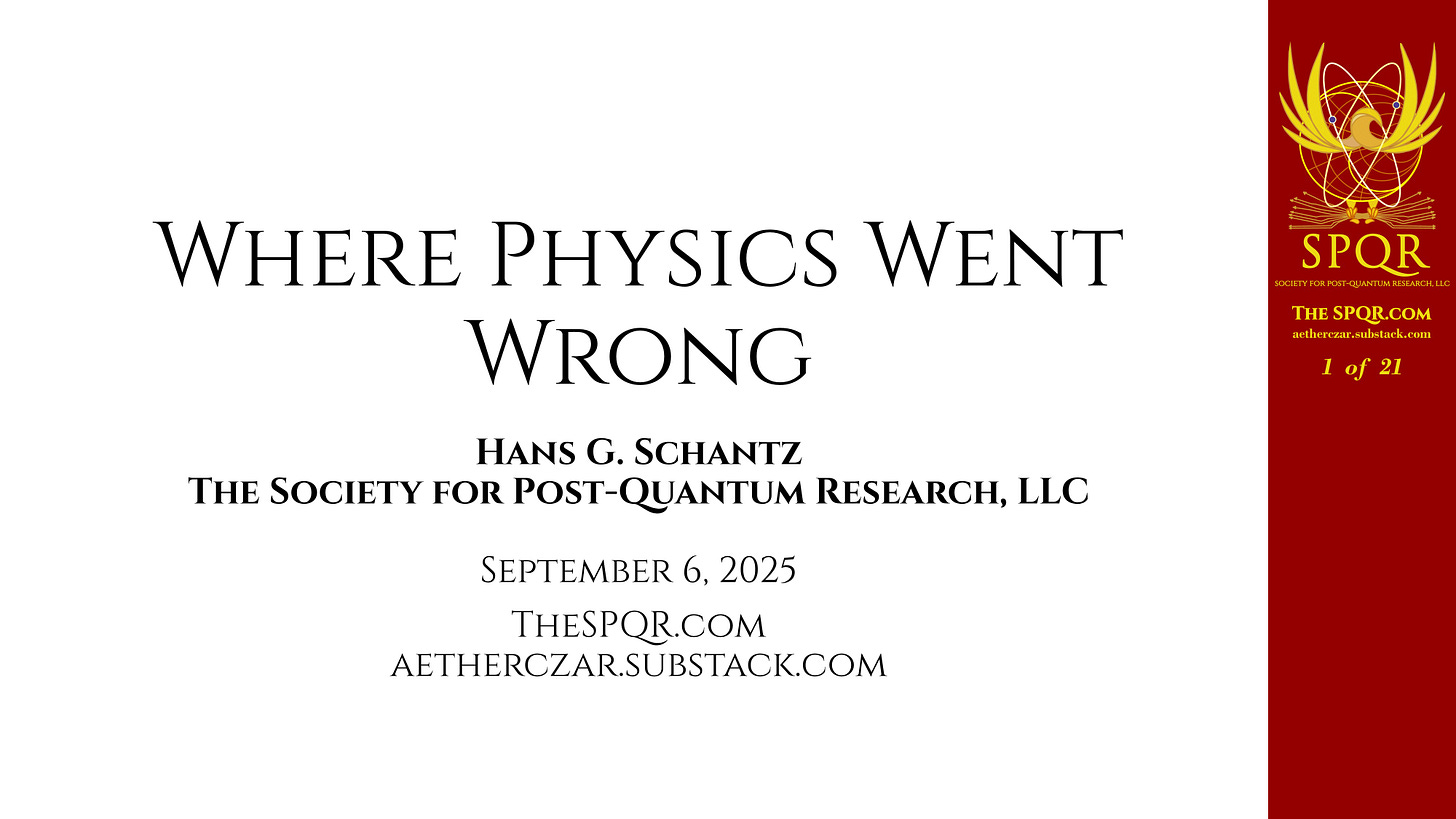
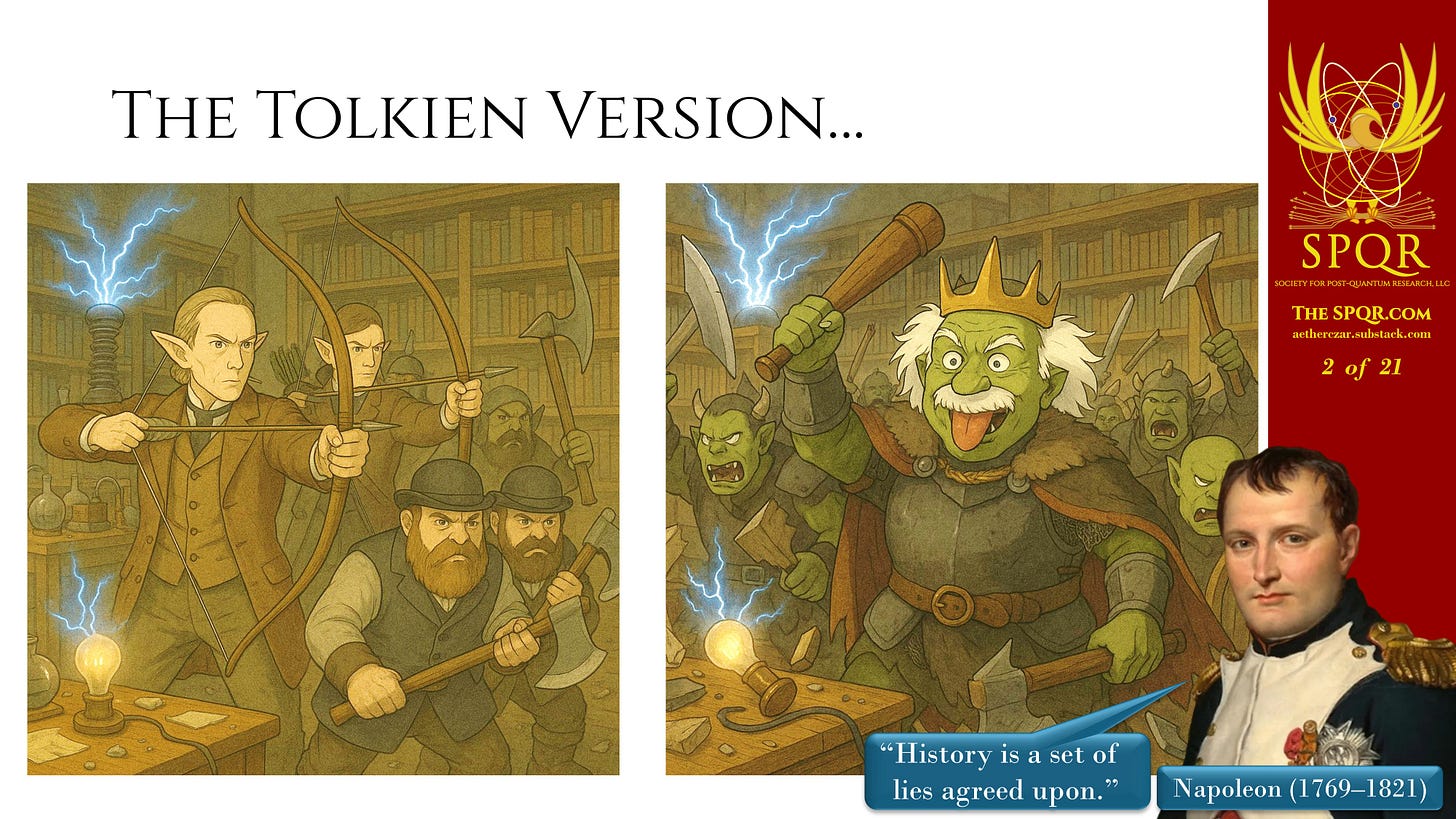
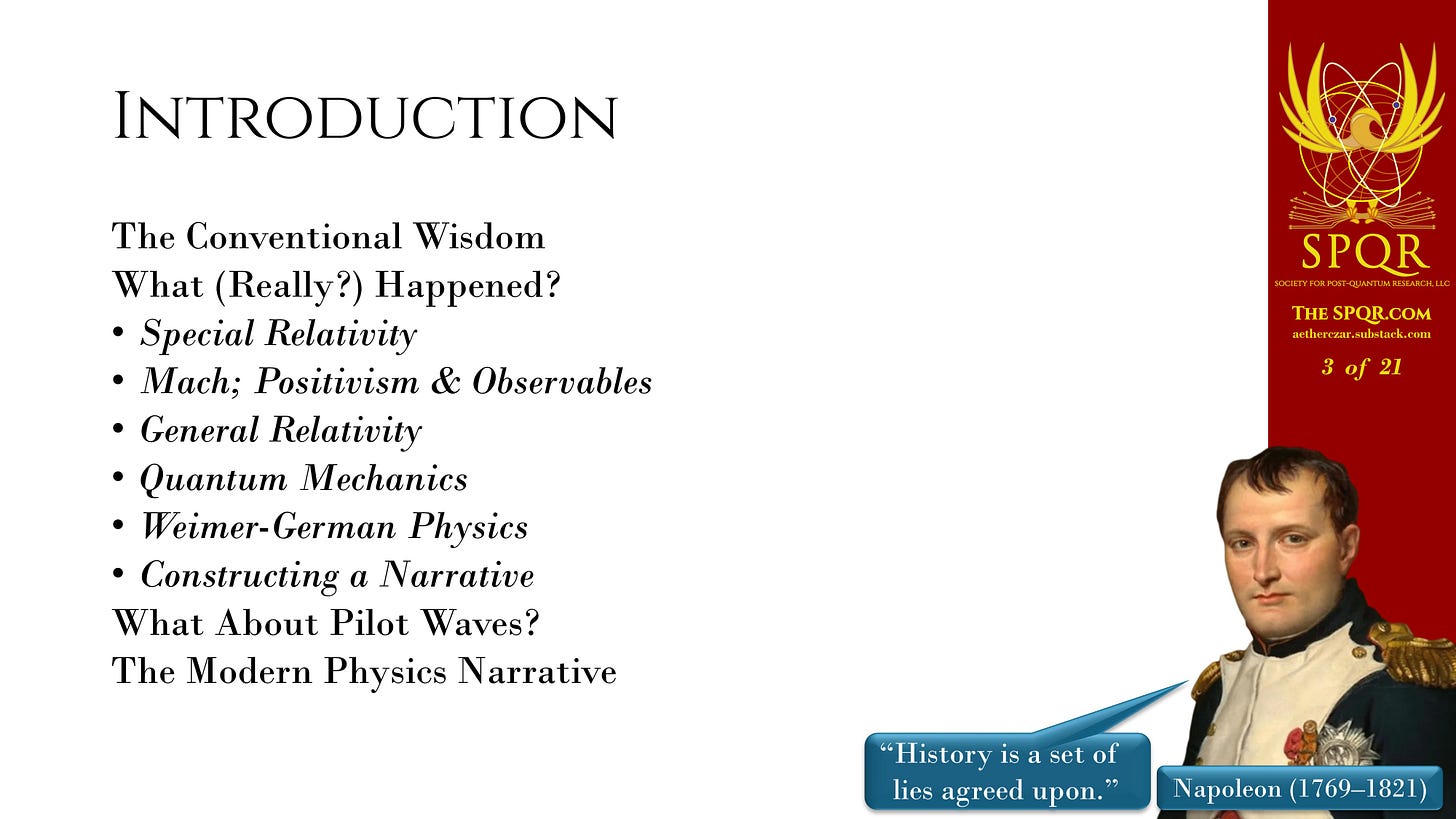
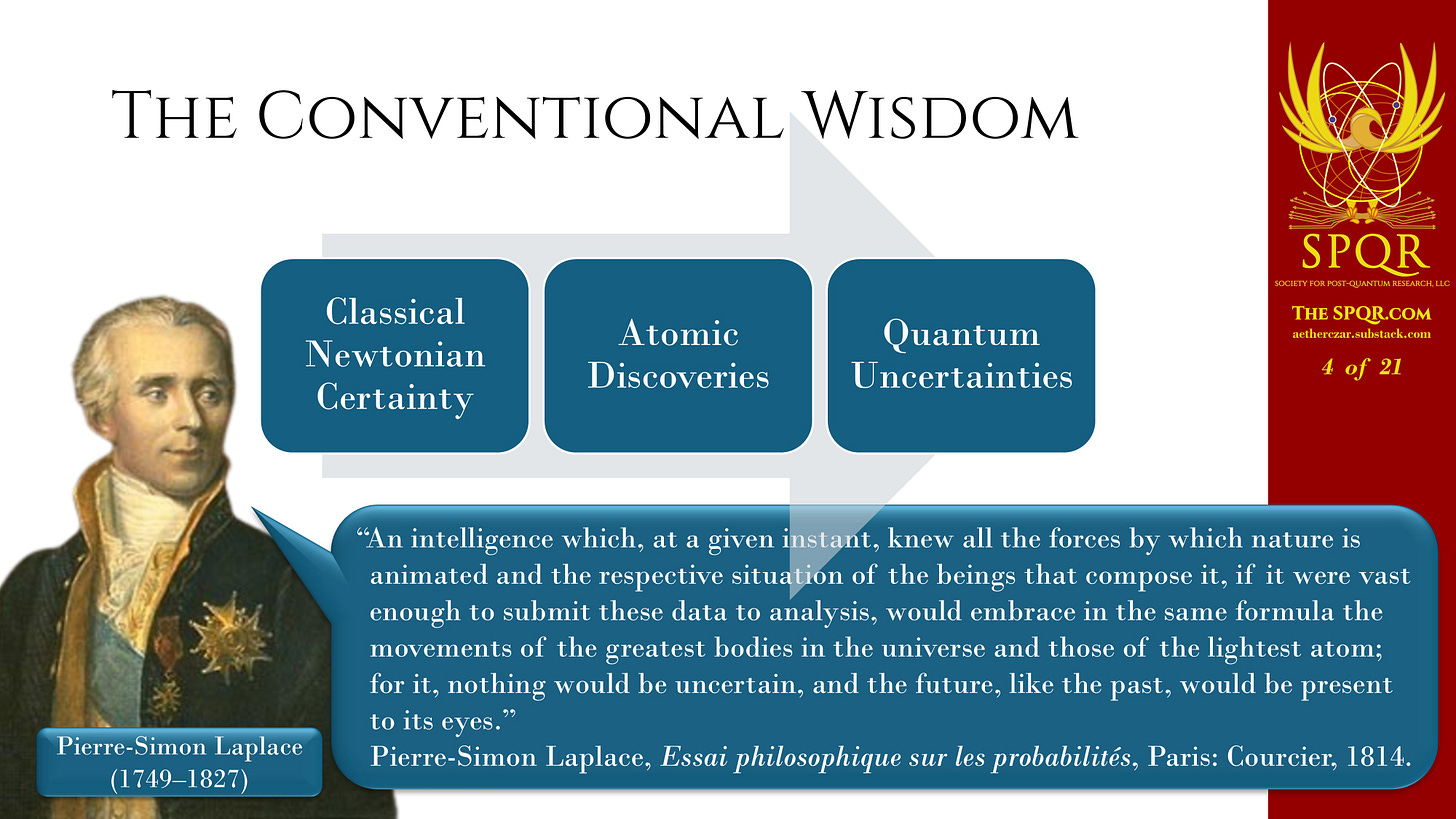
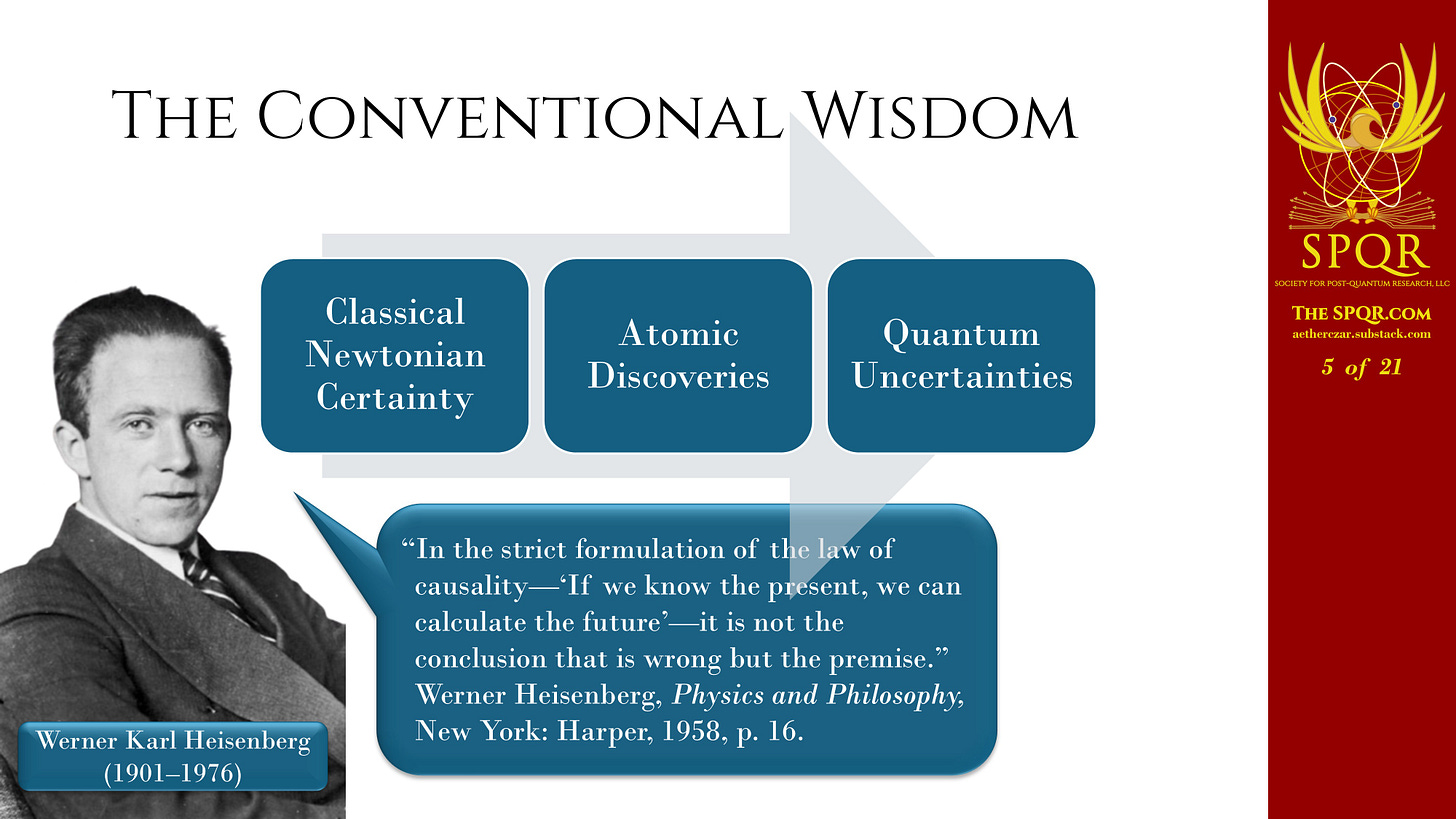
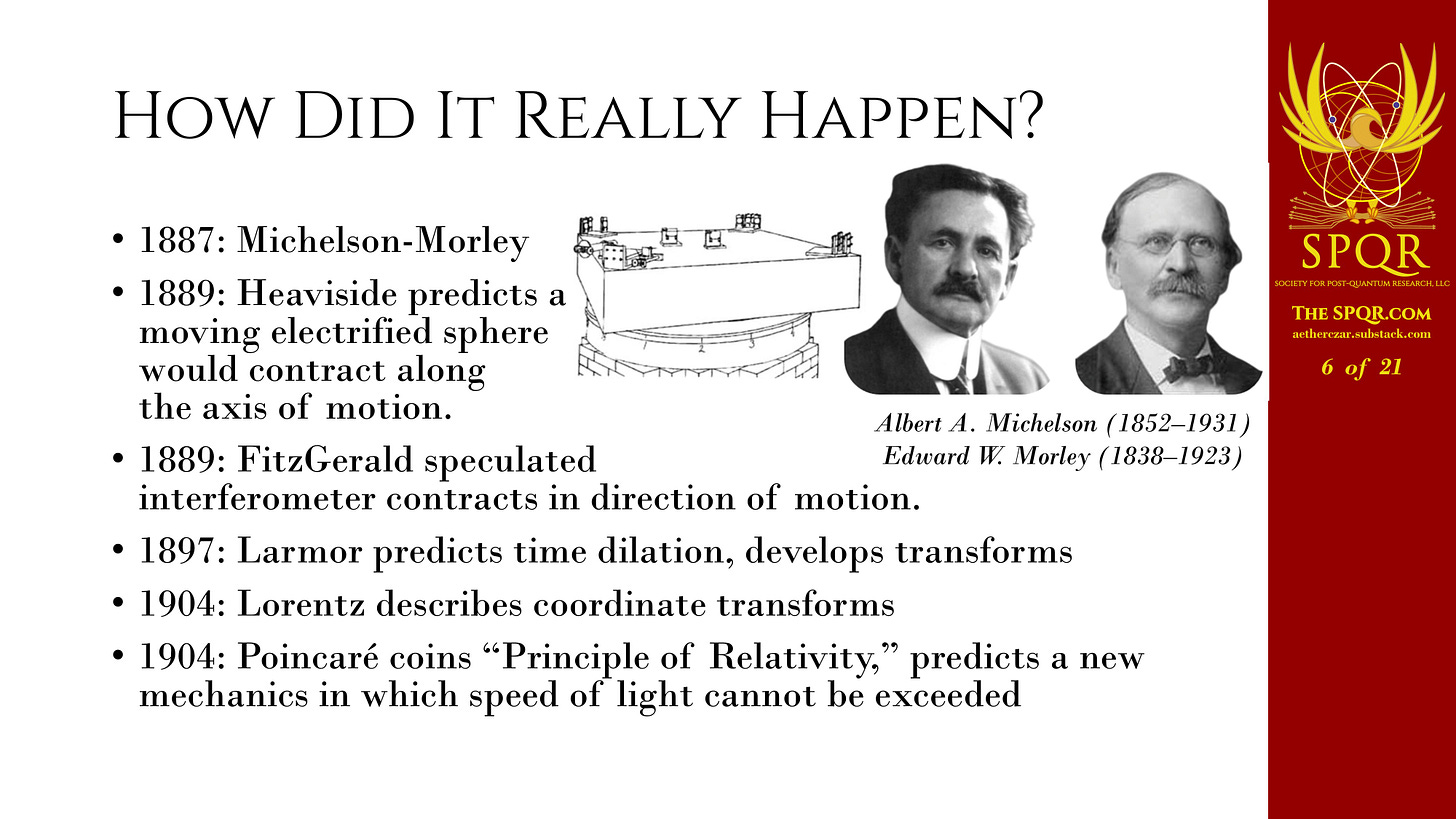
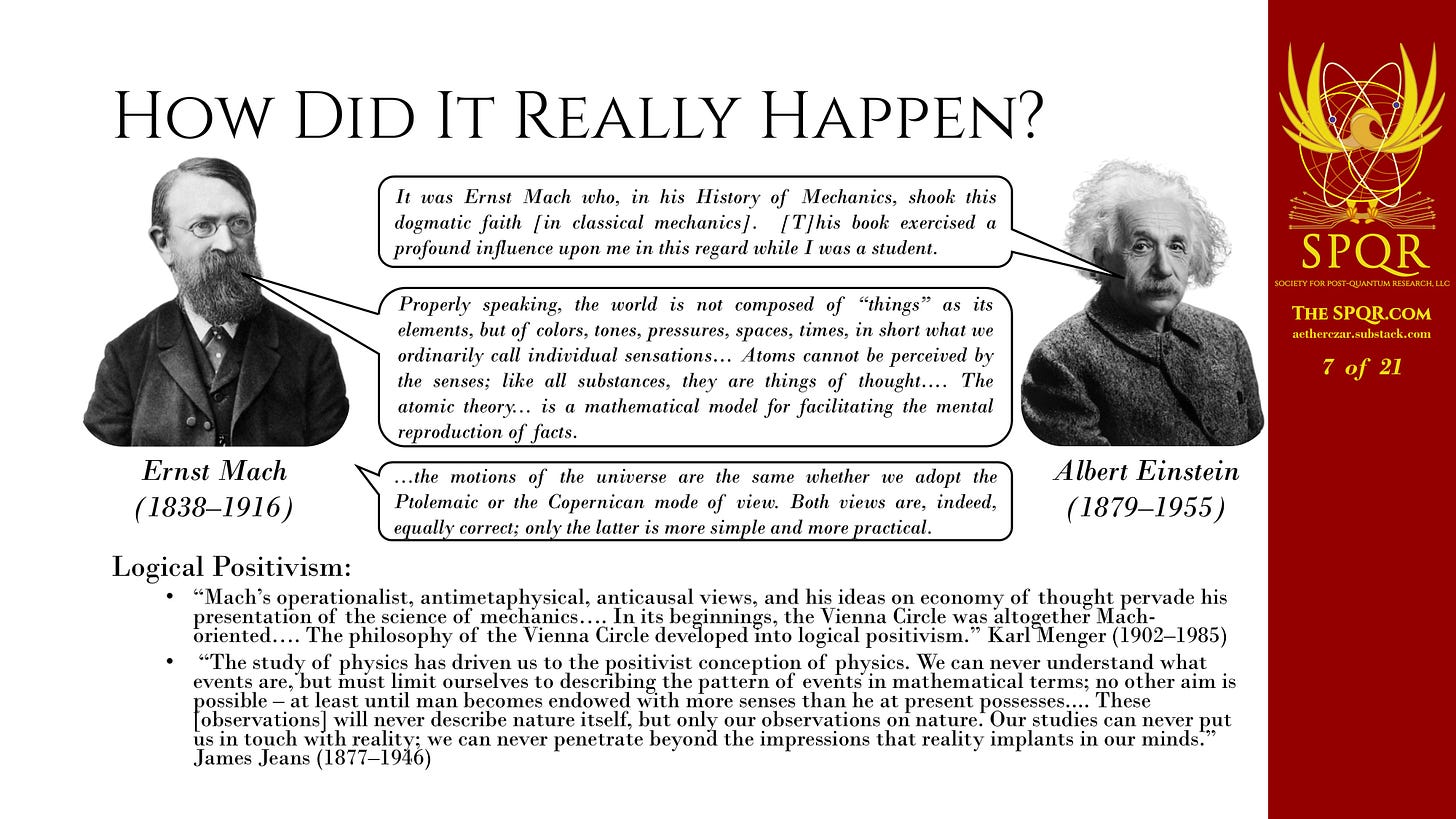
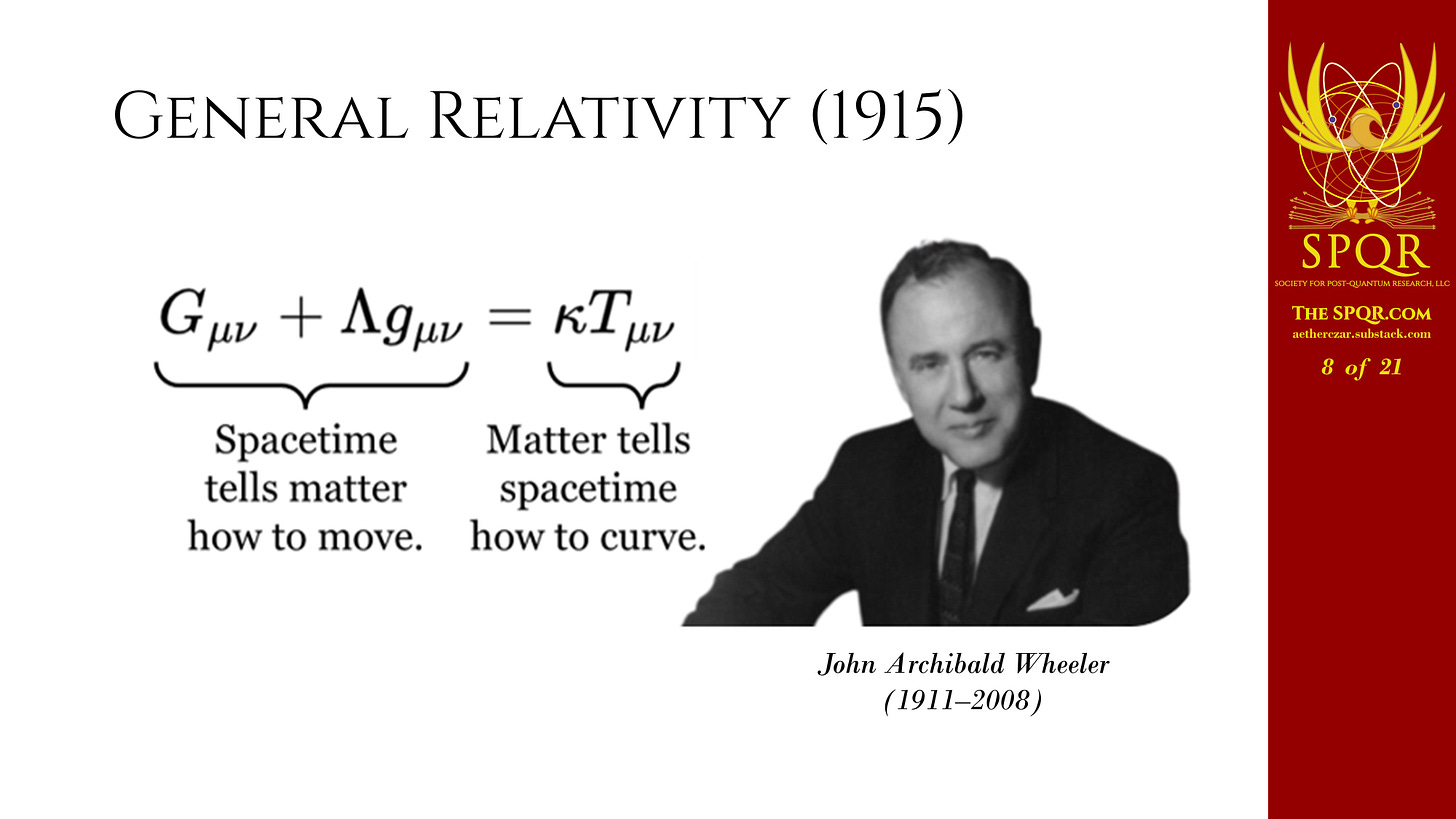
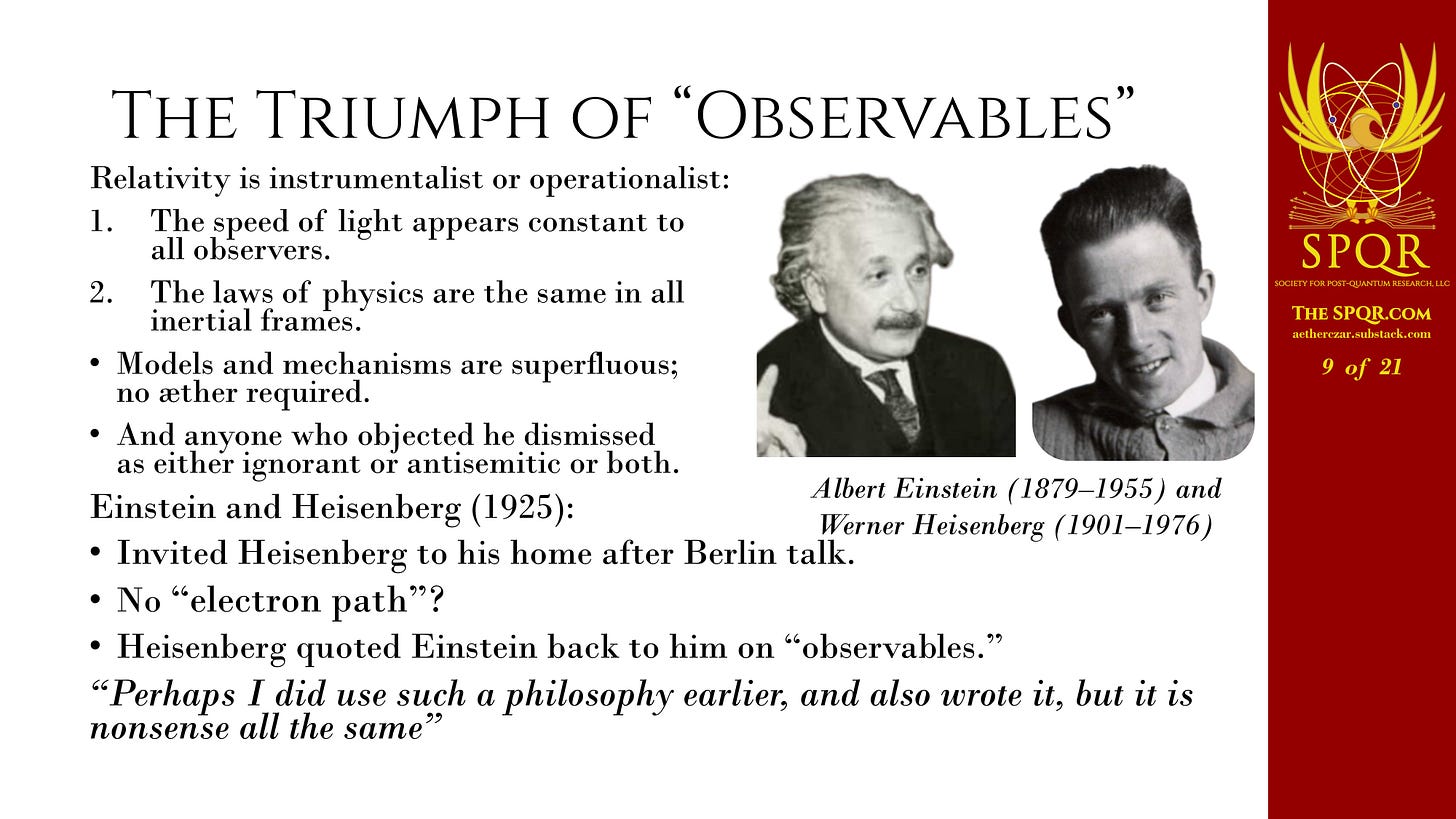
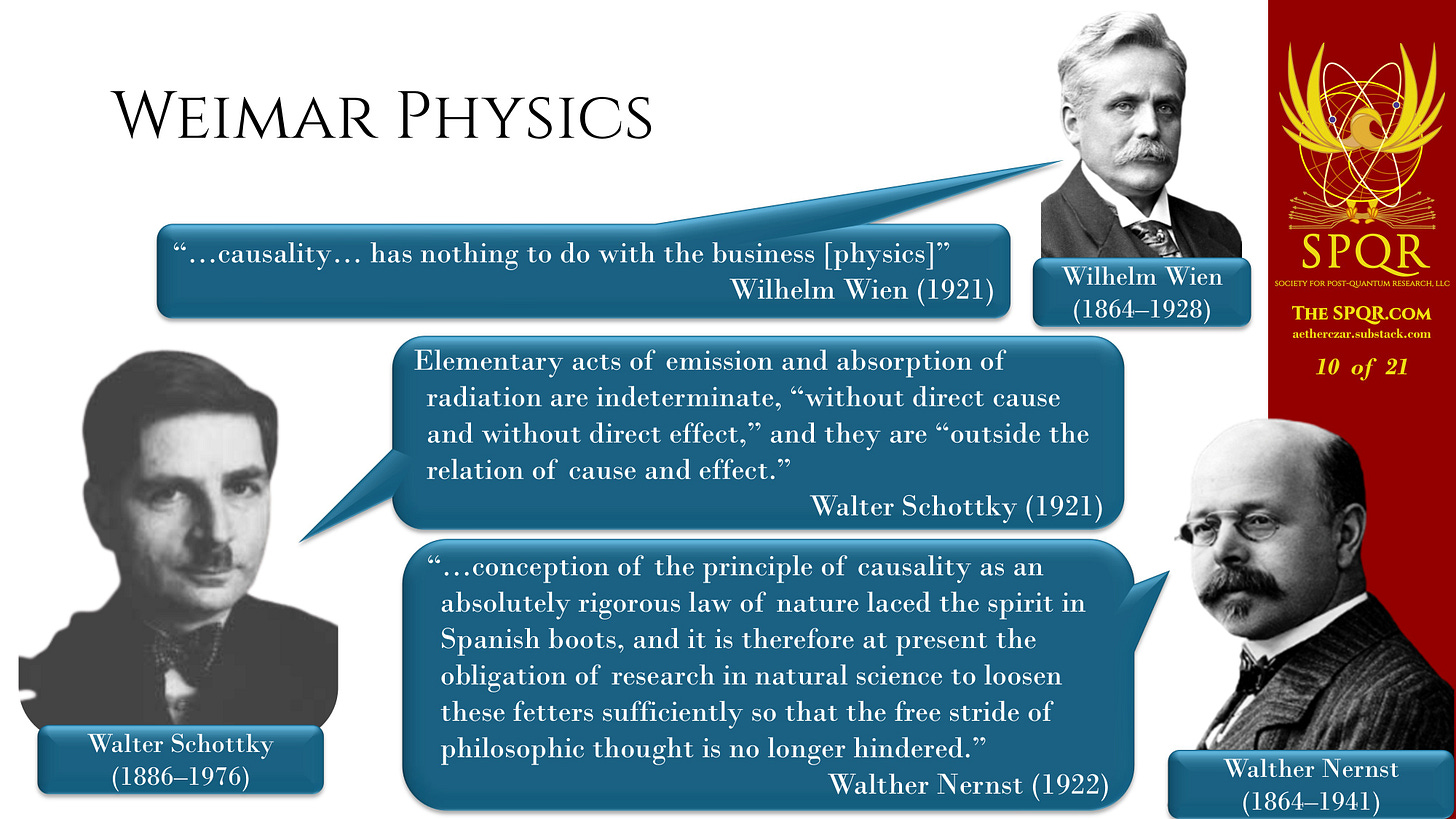
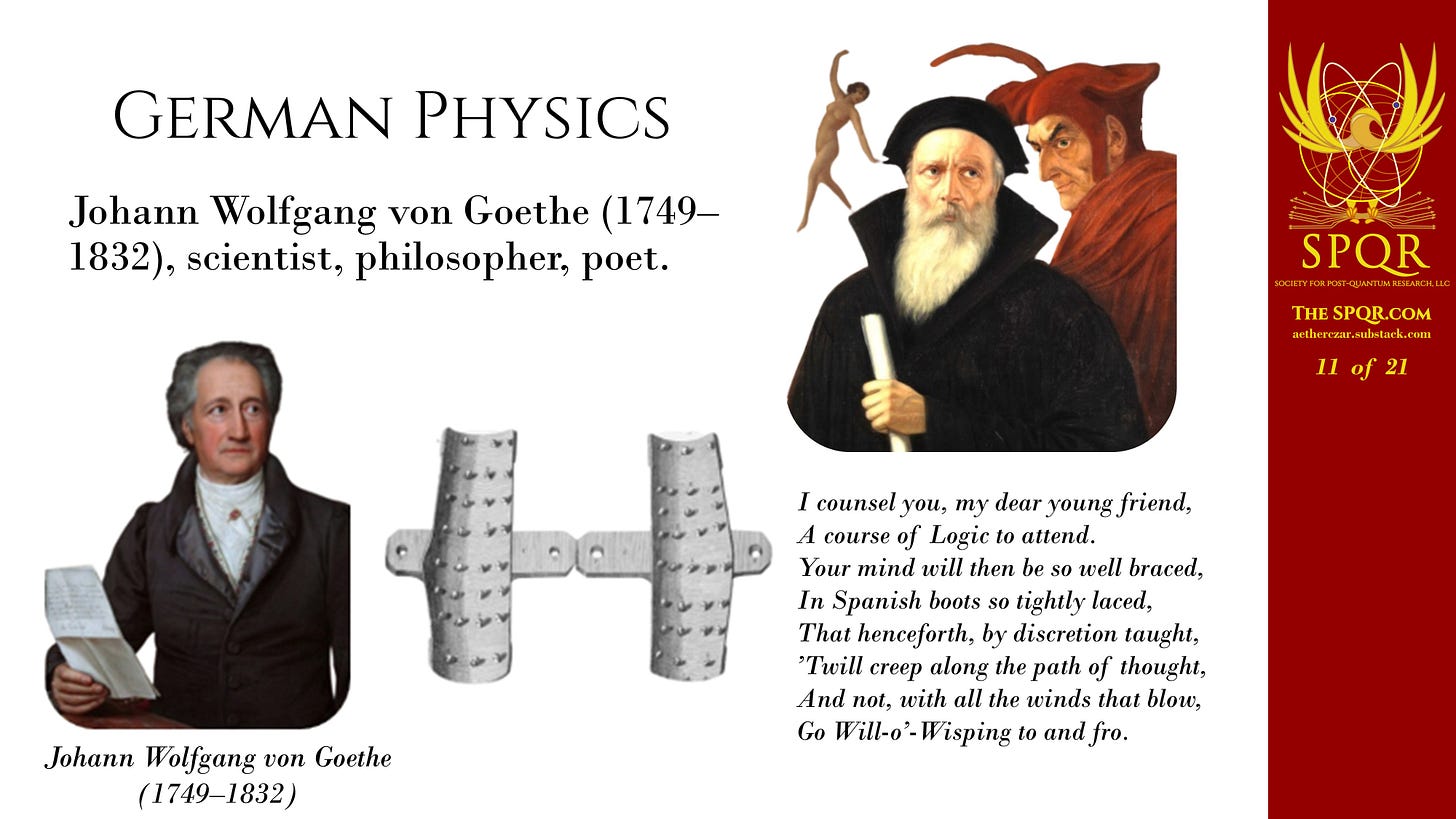
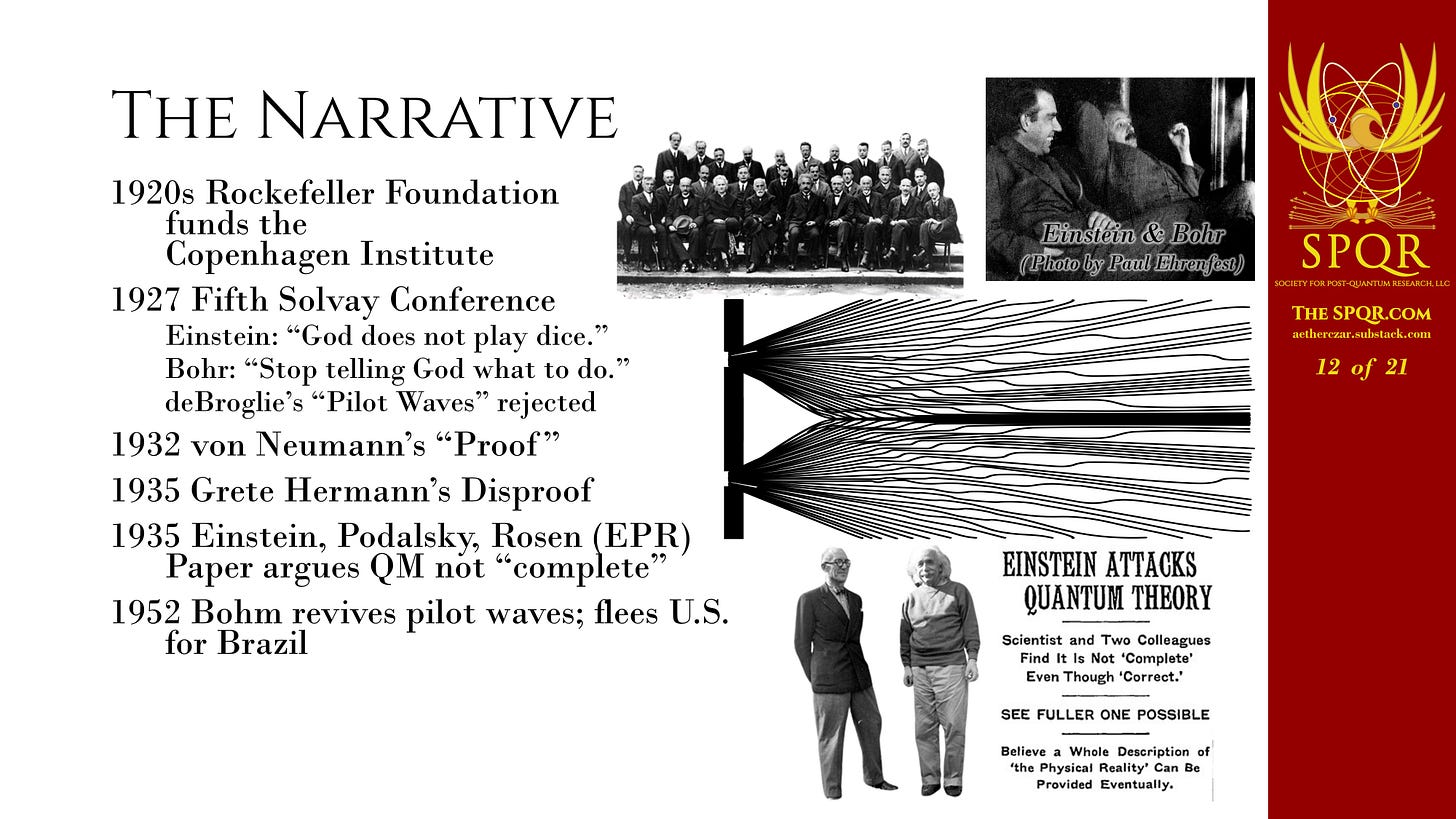
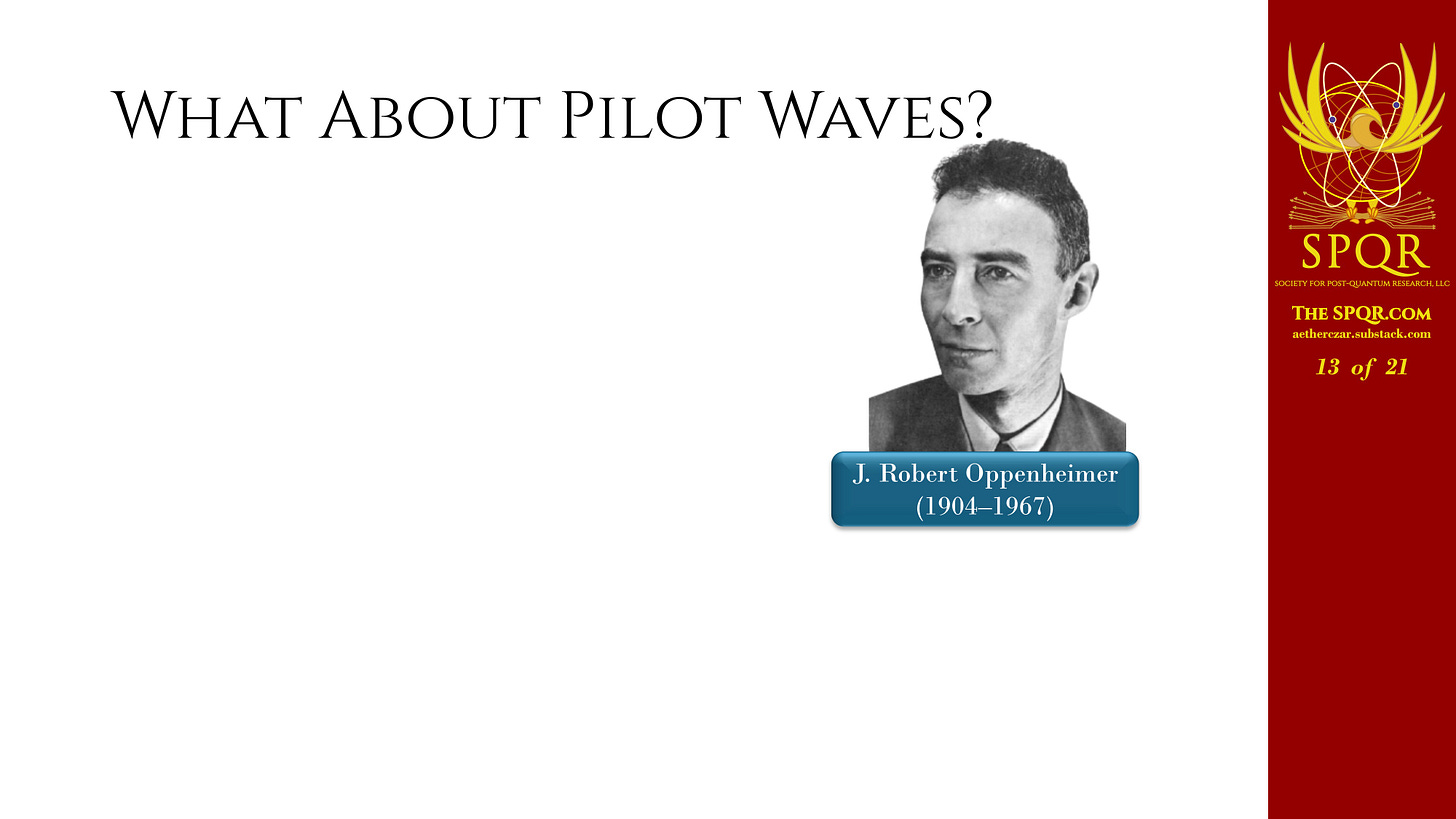
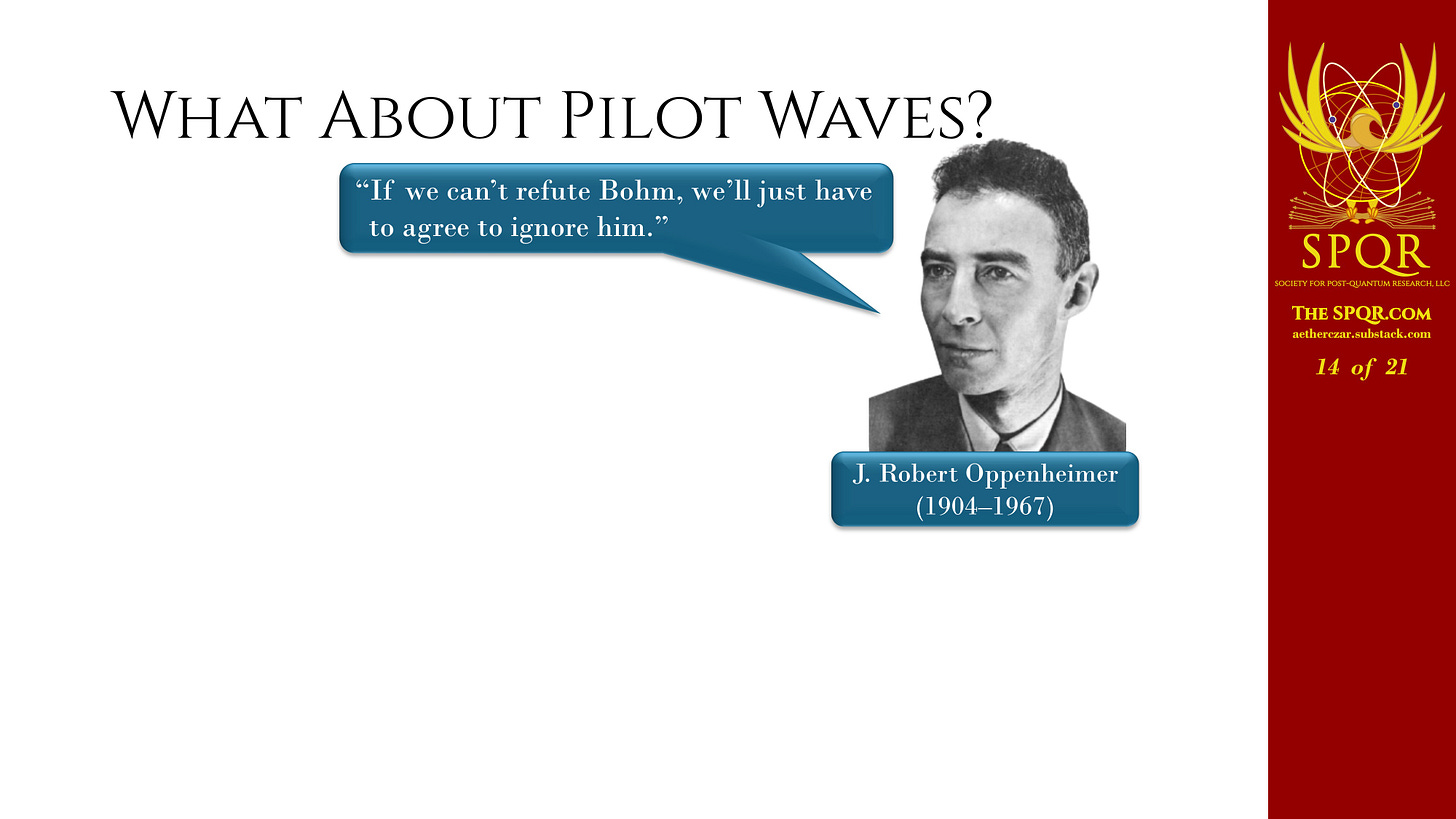
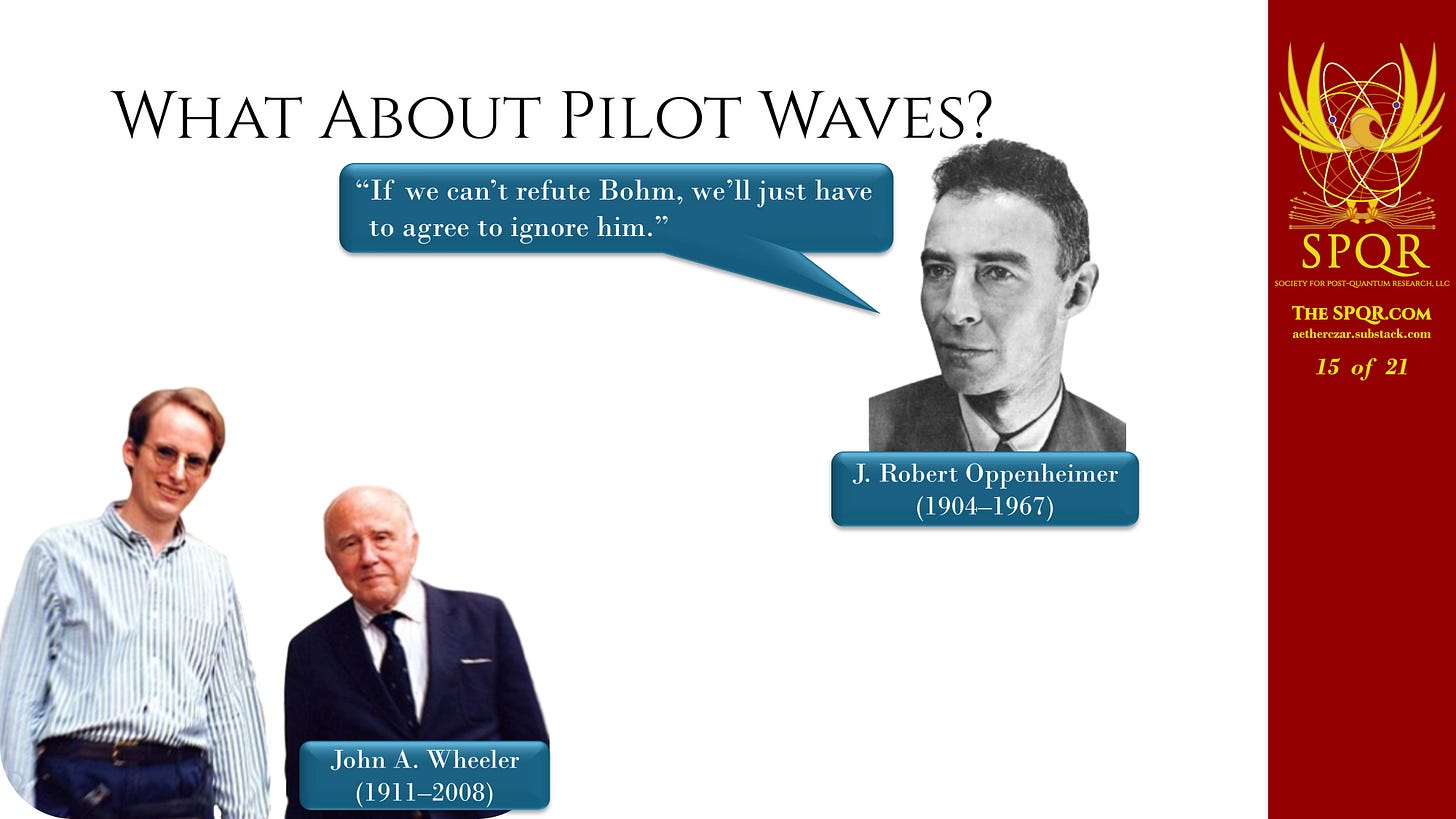
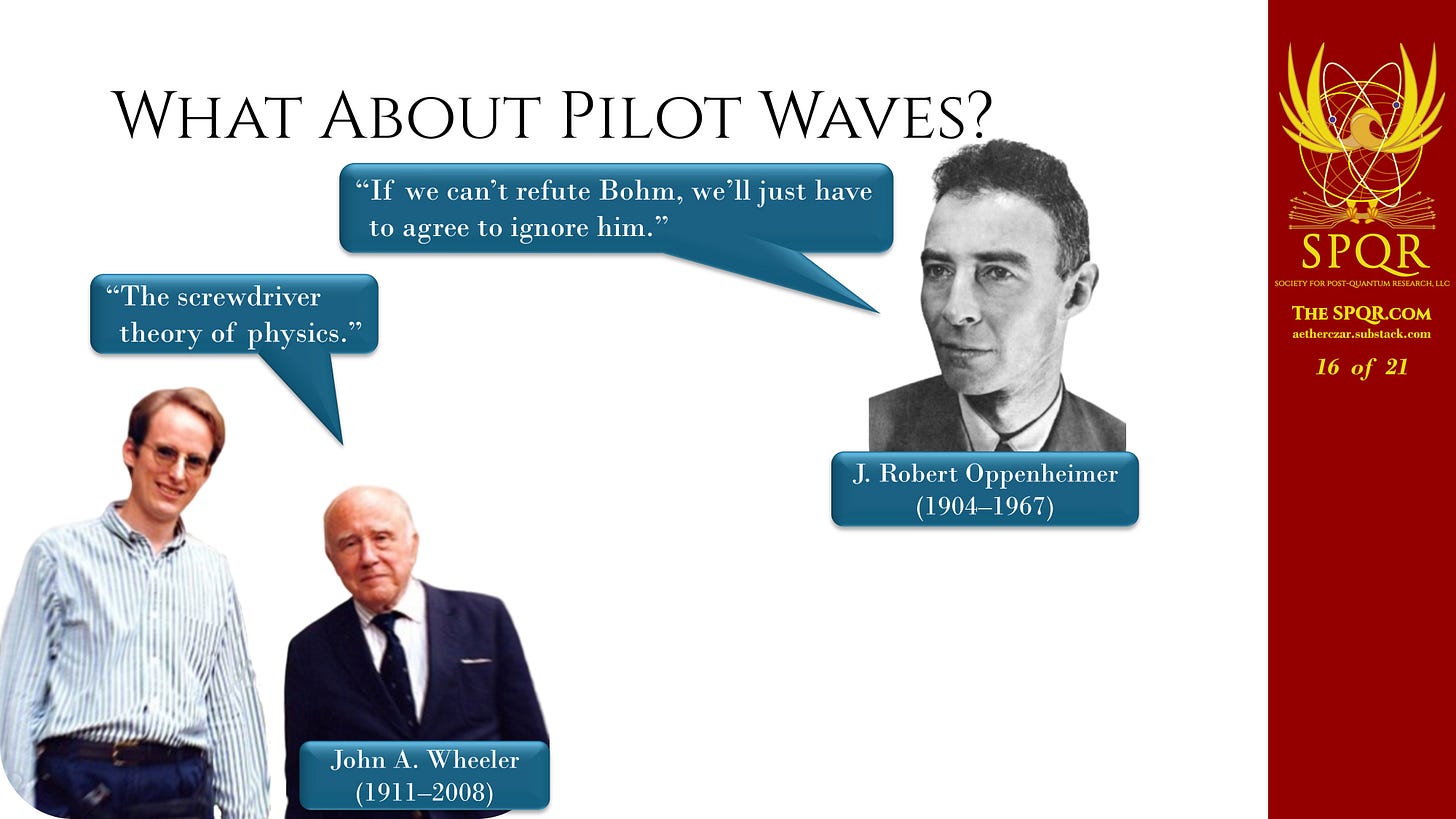
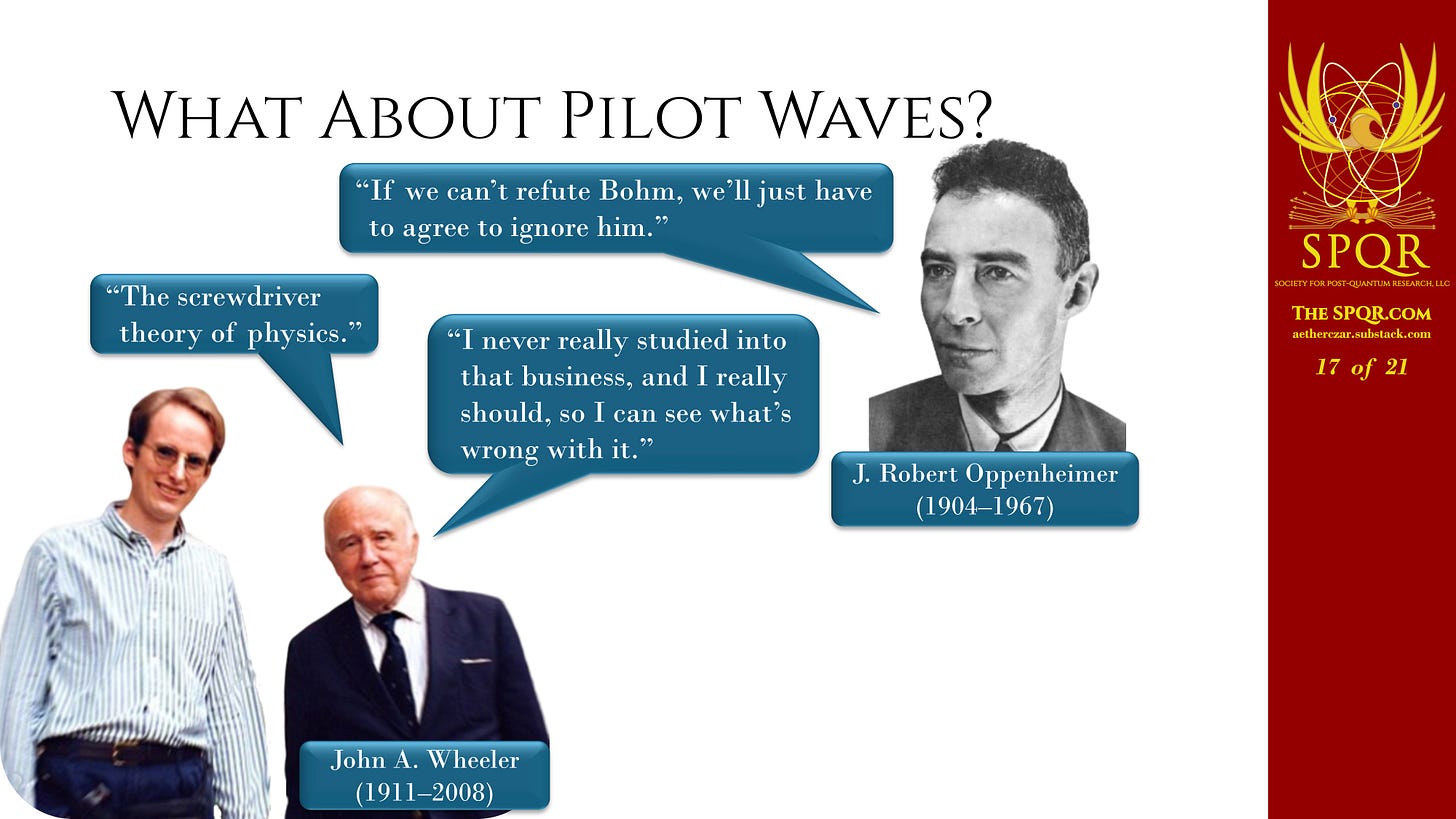
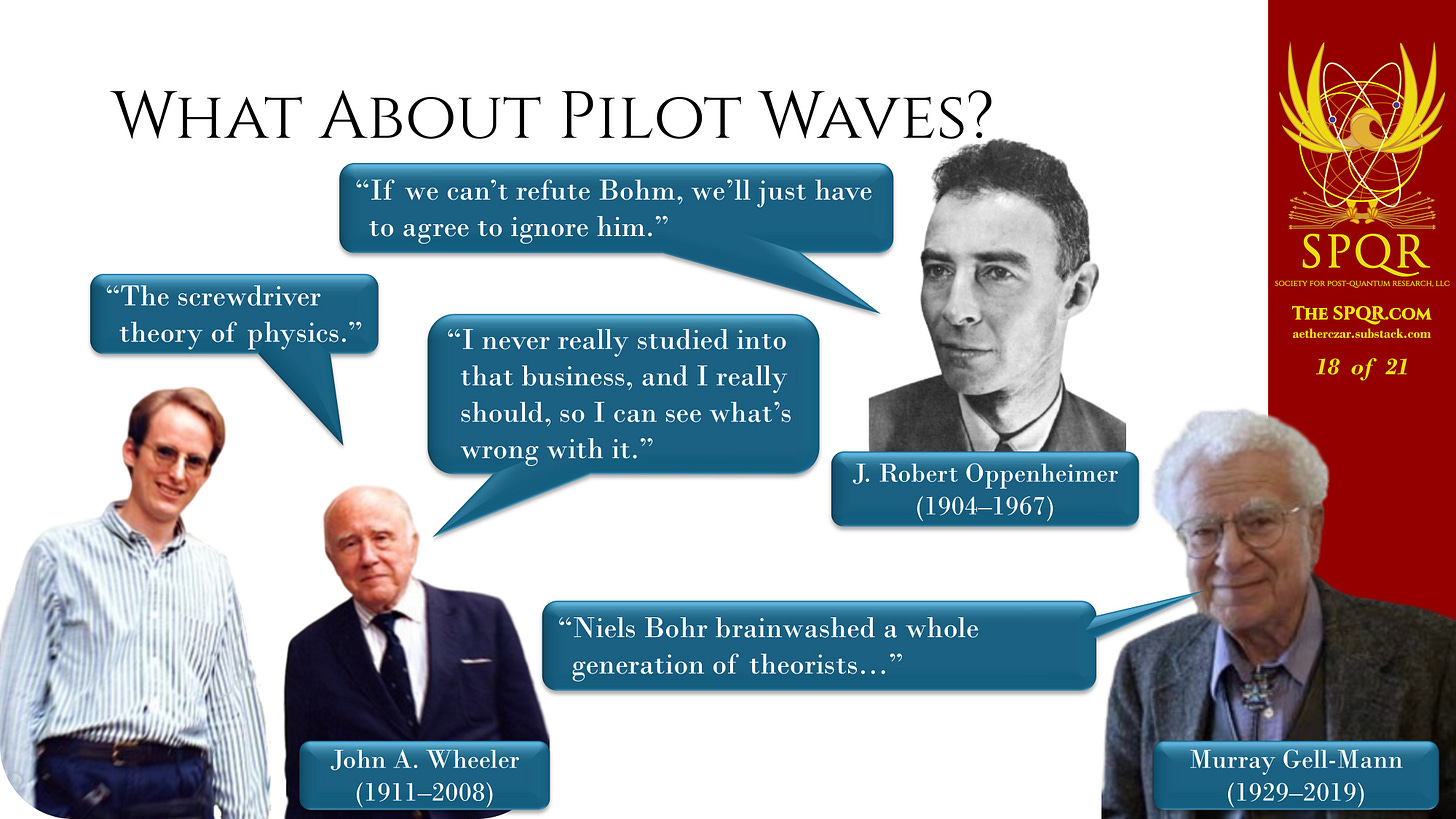
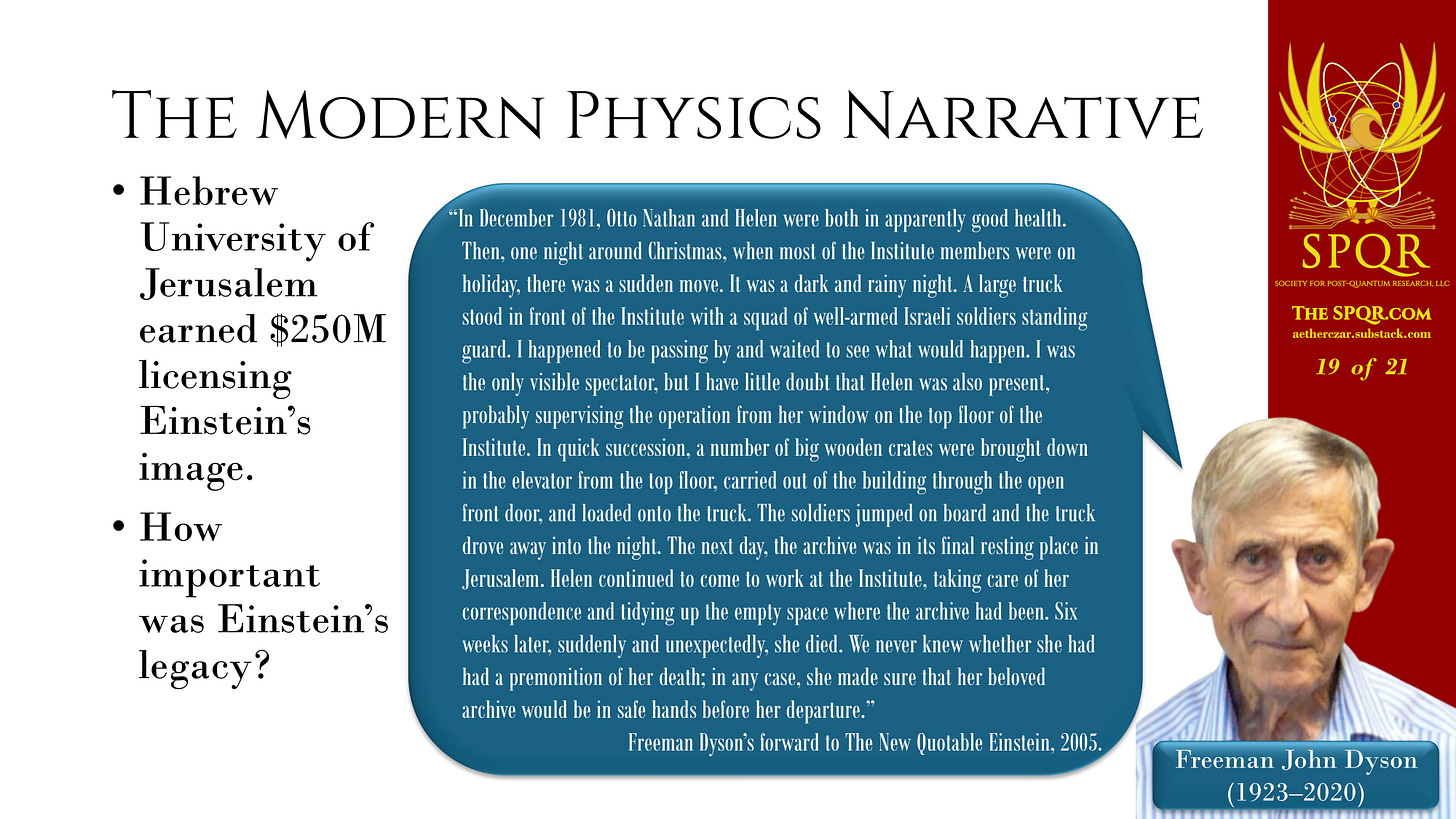
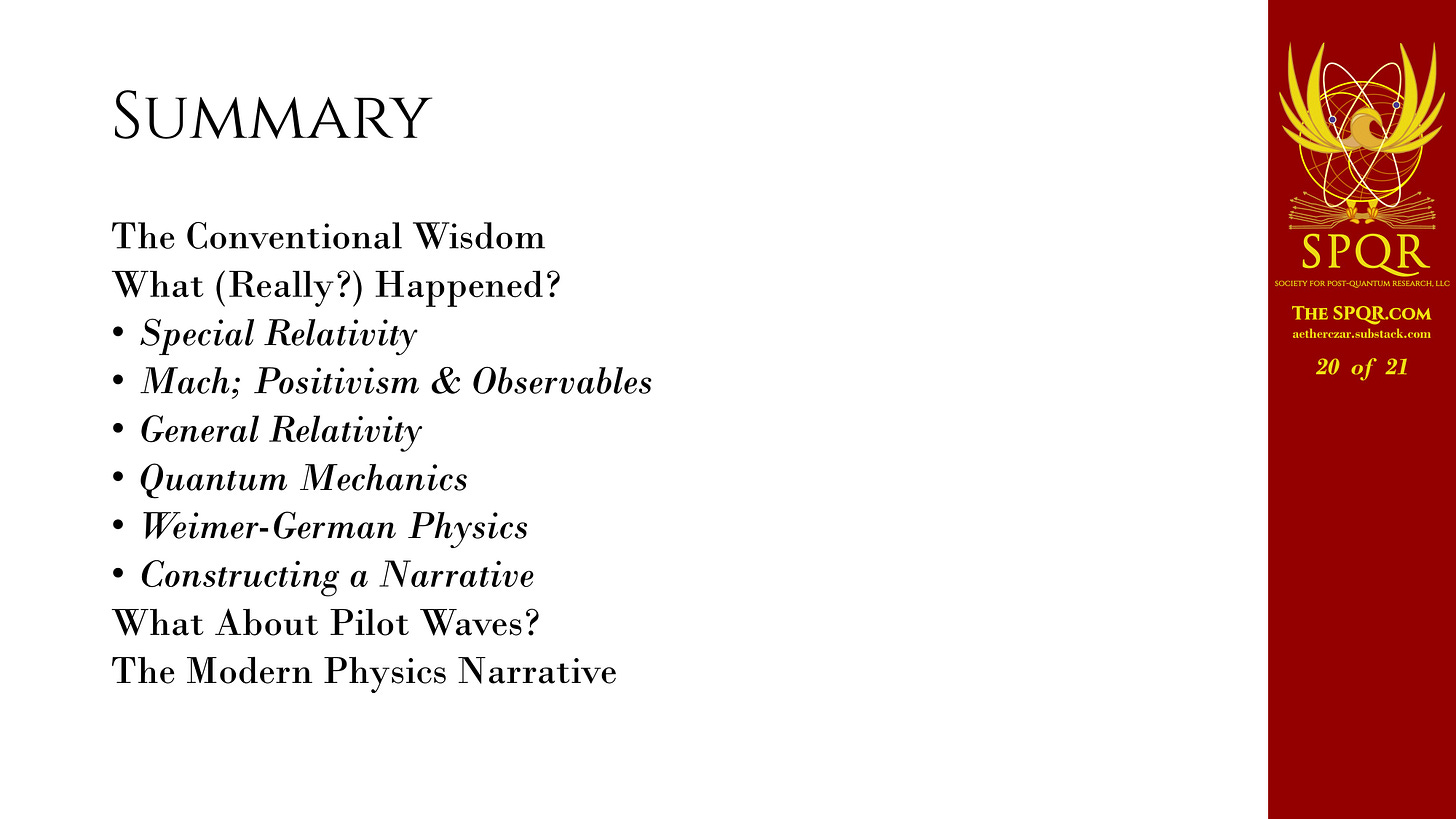


![This theory [quantum theory] reminds me a little of the system of delusions of an exceedingly intelligent paranoiac, concocted of incoherent elements ... This theory [quantum theory] reminds me a little of the system of delusions of an exceedingly intelligent paranoiac, concocted of incoherent elements ...](https://substackcdn.com/image/fetch/$s_!kT7c!,w_1456,c_limit,f_auto,q_auto:good,fl_progressive:steep/https%3A%2F%2Fsubstack-post-media.s3.amazonaws.com%2Fpublic%2Fimages%2Fd807e2ce-bccc-4ef6-af1e-d34eb6d68517_500x263.jpeg)



